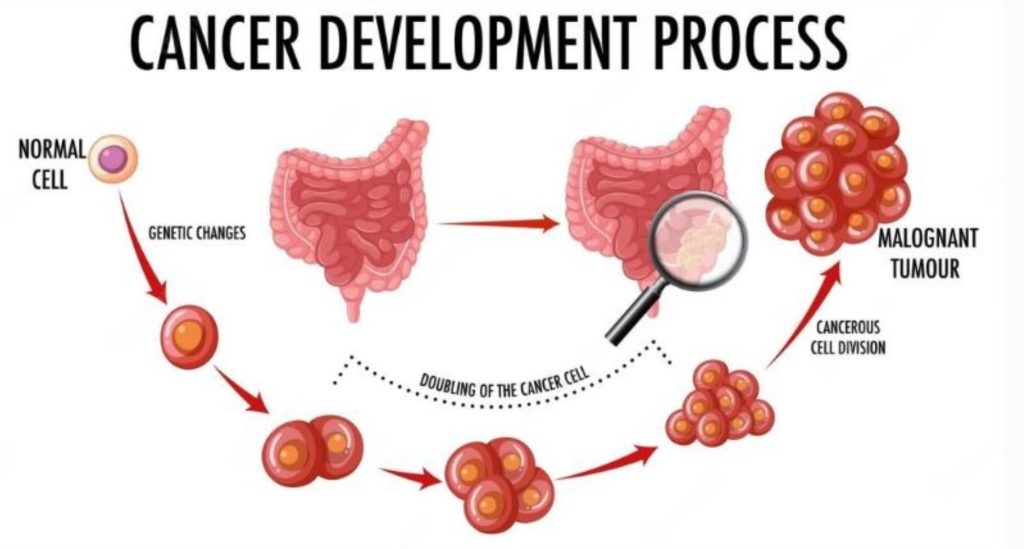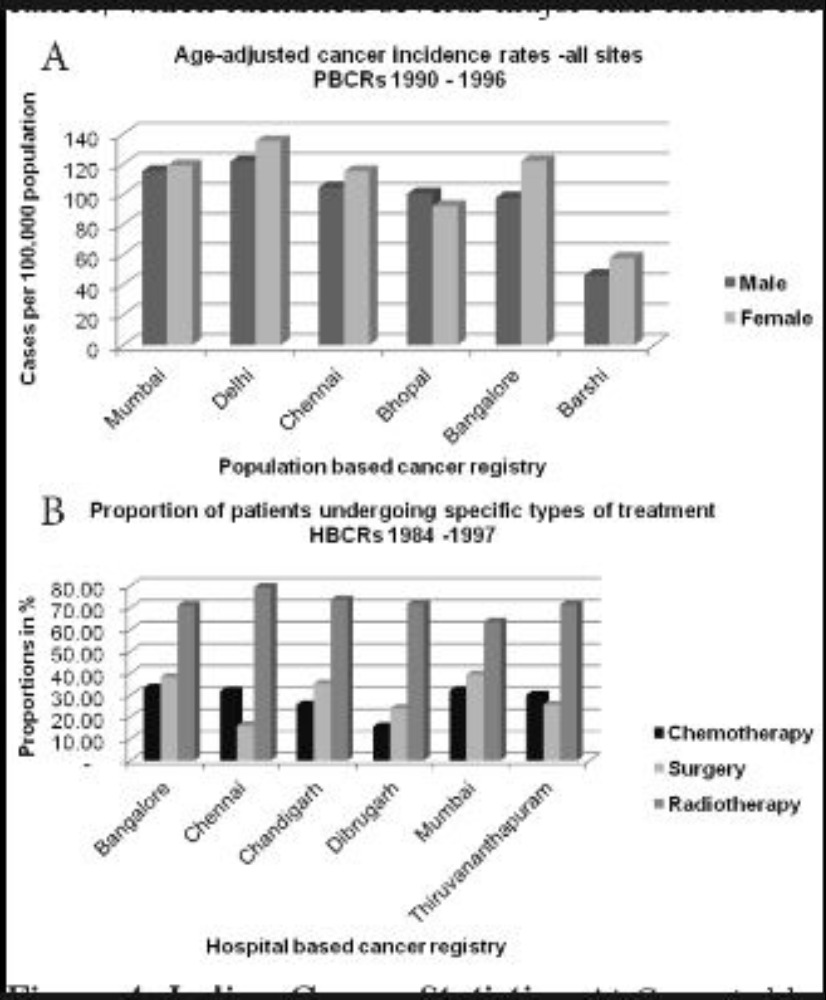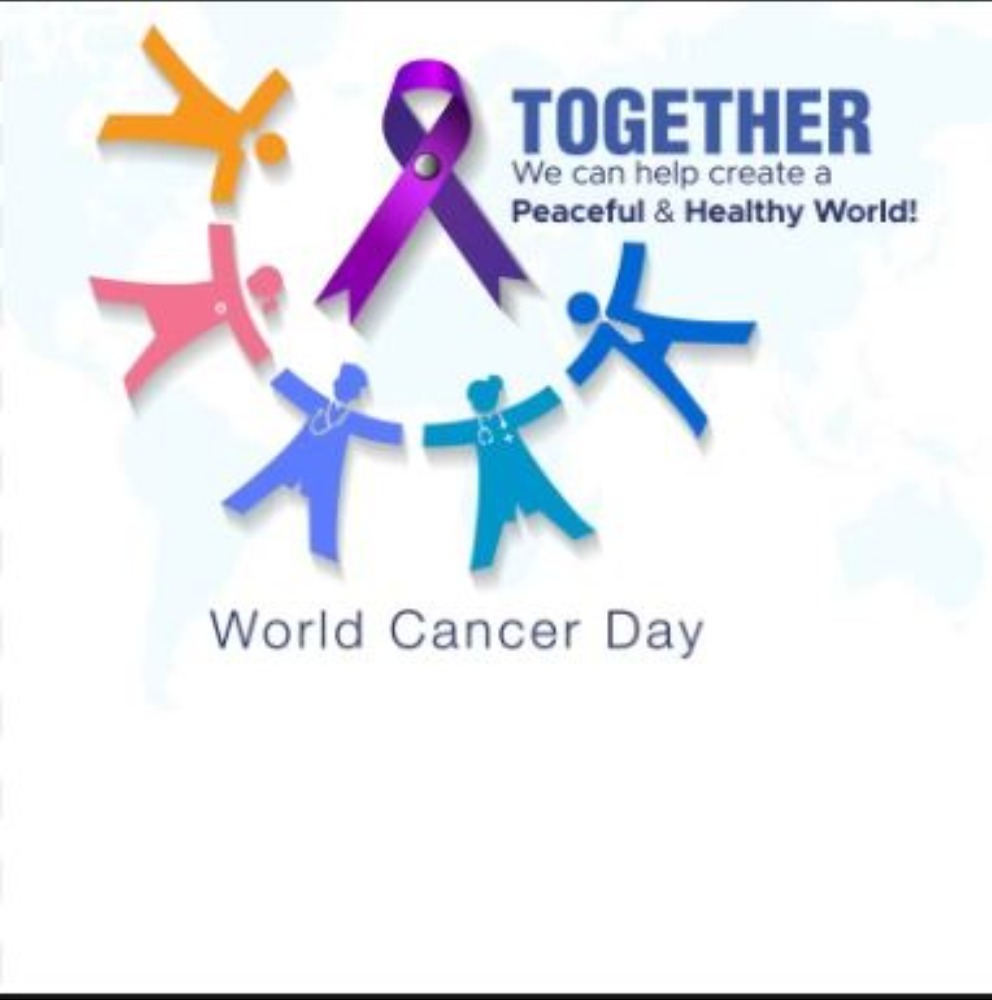Advances in cancer research continue to expand the array of available treatment options, offering hope for improved outcomes and a higher quality of life.

Cancer, a formidable adversary to human health, continues to be a global challenge. As we observe World Cancer Day in 2024, it is crucial to delve into the intricacies of cancer treatment, specifically focusing on two widely used modalities. The day aims to promote awareness about cancer as well. To subscribe please click tau.id/2iy6f and access our live channel.
Cervix and Breast are leading cancers among females and head neck and lung are leading cancers among males. Due to poverty and illiteracy there is lack of awareness which leads to presentation at advanced or metastatic stage in India.
ALSO READ: AI-based tests to prevent Ovarian Cancer
What is Cancer
Cancer is a large group of diseases that can affect any organ or tissue of the body. It refers to the abnormal growth of cells that divide uncontrollably. These cells, often referred to as cancer cells, can invade and destroy surrounding tissues and organs.
Unlike normal cells, which undergo a regulated process of growth, division, and death, cancer cells bypass these controls, leading to the formation of tumors and the potential for metastasis, the spread of cancer to other parts of the body.
Understanding the Cancer
The development of cancer is a complex process involving genetic mutations that accumulate over time. These mutations can be caused by various factors, including exposure to carcinogens (substances that promote cancer), genetic predisposition, and other environmental influences. The specific causes of cancer can vary, and many cases result from a combination of genetic and environmental factors.

Types of Cancer
With over 100 different types of cancer identified, each unique in its origin, behavior, and treatment approach, understanding the diversity of these diseases is crucial for effective prevention, diagnosis, and treatment.
- One of the most common types of cancer is breast cancer, affecting both men and women. It originates in the cells of the breast and can manifest as a lump or changes in breast size or shape.
- Colorectal cancer, affecting the colon or rectum, is the third most common cancer worldwide.
- Lung cancer is another prevalent and often aggressive form of the disease. It primarily develops in the lungs and is strongly associated with tobacco smoke.
- Leukemia is a cancer of the blood and bone marrow, resulting in the abnormal production of white blood cells. This diverse group of cancers includes acute lymphoblastic leukemia, acute myeloid leukemia, chronic lymphocytic leukemia, and chronic myeloid leukemia.
- Prostate cancer is exclusive to men and typically develops in the prostate gland. Although often slow-growing, aggressive forms also exist.
- Skin cancer, primarily caused by exposure to ultraviolet (UV) radiation, includes melanoma, basal cell carcinoma, and squamous cell carcinoma.
- Cervical cancer is a type of cancer that occurs in the cells of the cervix, which is the lower part of the uterus that connects to the vagina.
Symptoms and Diagnosis of Cancer
Cancer can manifest with a wide range of symptoms, depending on the type and stage of the disease. Symptoms may include unexplained weight loss, persistent fatigue, changes in the skin, unusual bleeding, lumps or changes in the appearance of tissues, and prolonged pain.
Diagnosis typically involves a combination of imaging tests, laboratory studies, and sometimes a biopsy, where a sample of tissue is examined under a microscope to confirm the presence of cancer cells.
Once diagnosed, the choice of treatment depends on factors such as the type and stage of cancer, as well as the overall health of the patient.
Common treatment modalities include surgery, chemotherapy, radiation therapy, immunotherapy, and targeted therapy.
Current Scenario in India
In India, one in nine people are likely to develop cancer in his/her lifetime. Lung and breast cancers were the leading sites of cancer in males and females, respectively.
The estimated number of incident cases of cancer in India for the year 2022 was found to be 14,61,427 (crude rate:100.4 per 100,000).
Lung and breast cancers were the leading sites of cancer in males and females, respectively, whereas, cervical cancer, although meanable, is a growing concern in the current scenario.
Among the childhood (0-14 yr) cancers, lymphoid leukemia (boys: 29.2% and girls: 24.2%) was the leading site.
The incidence of cancer cases is estimated to increase by 12.8 per cent in 2025 as compared to 2020 and is continuing rapidly to increase in India.

Several Treatments of Cancer
The treatment of cancer often involves a combination of approaches, and the specific regimen depends on the type and stage of cancer, as well as the individual patient’s health.
- Surgery involves the physical removal of the tumor or cancerous tissue from the body. It aims to eliminate or reduce the size of the tumor and, in some cases, remove nearby lymph nodes to check for the presence of cancer cells.
- Chemotherapy involves the use of drugs to kill or inhibit the growth of rapidly dividing cancer cells throughout the body. It is often administered in cycles to allow the body time to recover between treatments.
- Radiation therapy uses high doses of radiation to target and destroy cancer cells. It can be delivered externally or internally. It employed to shrink tumors before surgery, eliminate remaining cancer cells after surgery, or as a primary treatment for localized cancers.
- Targeted therapy focuses on specific molecules involved in the growth and survival of cancer cells. It is often used for cancers with identified genetic mutations or specific molecular characteristics. It can be less harmful to normal cells compared to traditional chemotherapy.
- Immunotherapy harnesses the body’s immune system to recognize and destroy cancer cells. It aims to enhance the immune response against cancer, promoting a more targeted and sustained attack on cancer cells.
- Hormone therapy is used for cancers that are hormone-dependent, such as breast and prostate cancer. By altering hormone levels, it aims to slow down or inhibit the growth of hormone-sensitive tumors.
- Stem cell transplantation, also known as bone marrow transplant, involves the infusion of healthy stem cells into the patient’s body after high-dose chemotherapy or radiation. It helps restore the blood-forming cells destroyed during aggressive cancer treatments, particularly in diseases affecting the bone marrow, such as leukemia and lymphoma.
- Palliative care focuses on providing relief from symptoms and improving the quality of life for patients with advanced cancer. It is not curative but aims to manage pain, alleviate side effects, and offer emotional and psychological support for patients and their families.
- Precision medicine involves tailoring treatment based on the individual patient’s genetic makeup and the specific characteristics of their cancer. By identifying genetic mutations and molecular features unique to the patient’s cancer, it aims to provide more effective and targeted therapies.
How to Prevent Cancer
While there is no foolproof way to prevent all types of cancer, adopting a healthy lifestyle and making certain choices can significantly reduce the risk of developing cancer.
- Maintain a Healthy Diet: Reduce intake of sugary foods and beverages, Choose lean proteins, such as fish, poultry, beans, and legumes, Eat a variety of fruits, vegetables, and whole grains.
- Maintain a Healthy Weight: Obesity is linked to an increased risk of several types of cancer. Aim for a healthy weight through a balanced diet and regular exercise.
- Exercise Regularly: Engage in regular physical activity, aiming for at least 150 minutes of moderate-intensity exercise or 75 minutes of vigorous-intensity exercise per week.
- Protect Your Skin: Use sunscreen with at least SPF 30 when outdoors, and reapply regularly. Avoid tanning beds and prolonged exposure to the sun.
- Get Vaccinated: Follow recommended vaccination schedules. Vaccines, such as the HPV vaccine and hepatitis B vaccine, can reduce the risk of certain cancers.
- Practice Safe Sex: Use protection during sexual activity to reduce the risk of sexually transmitted infections, which can contribute to some types of cancer.
- Avoid Tobacco and Alcohol: Don’t smoke or use any tobacco products. Avoid exposure to secondhand smoke or passive smoking. If you choose to drink alcohol, do so in moderation.
- Screening and Early Detection: Be aware of your family history and discuss it with your healthcare provider. Follow recommended screening guidelines for specific cancers. Regular screenings can detect cancer at an early, more treatable stage.
Conclusion
The present population is 1.35 billion of which 1.4 million populations are diagnosed with cancer annually of which a total of 2.25 million cases are prevalent at a given time, mortality from cancer is as high as 1.2 million. Cancer remains a significant global health challenge, and ongoing research aims to improve our understanding of the disease, develop more effective treatments, and enhance early detection methods. Public awareness, prevention efforts, and advancements in medical science contribute to the ongoing battle against cancer, with the ultimate goal of reducing its impact on individuals and societies worldwide.




